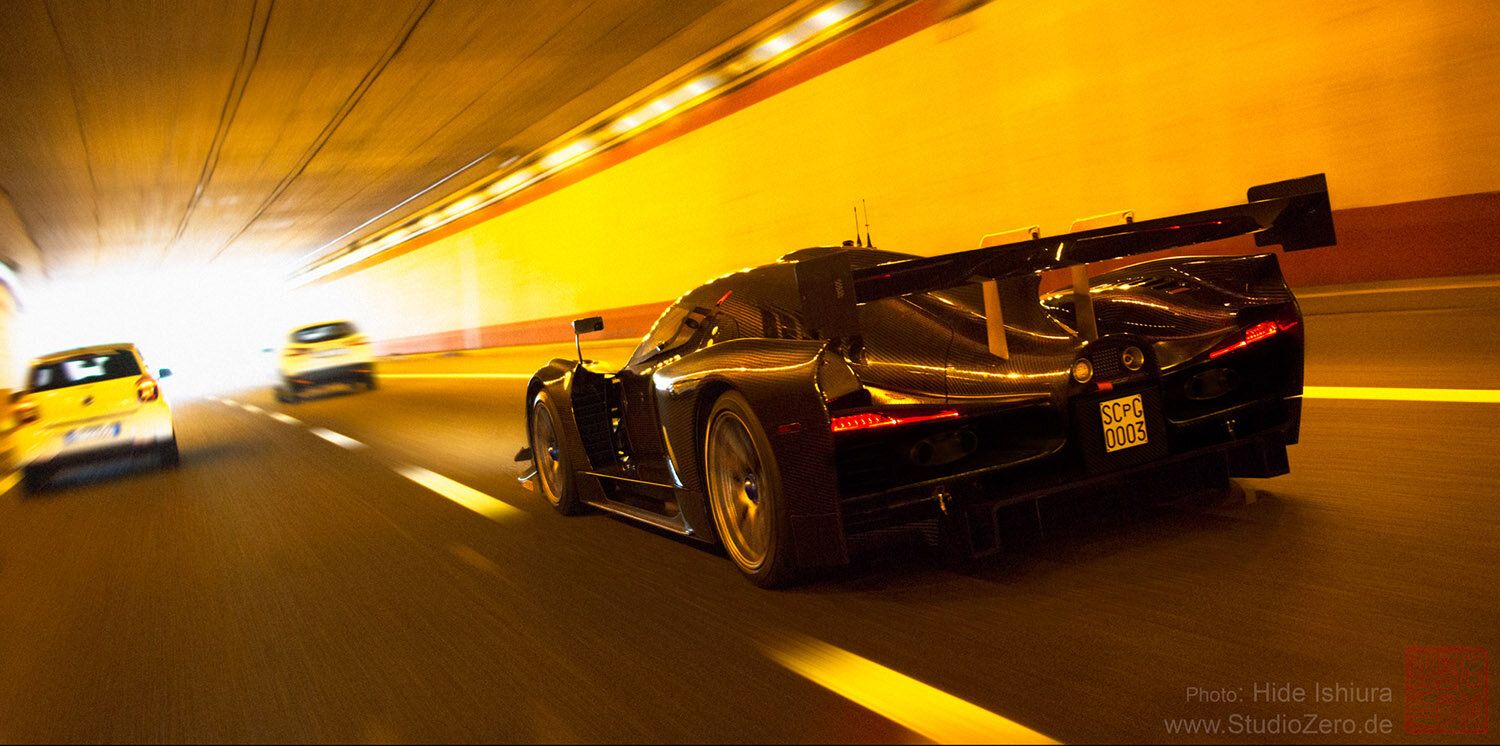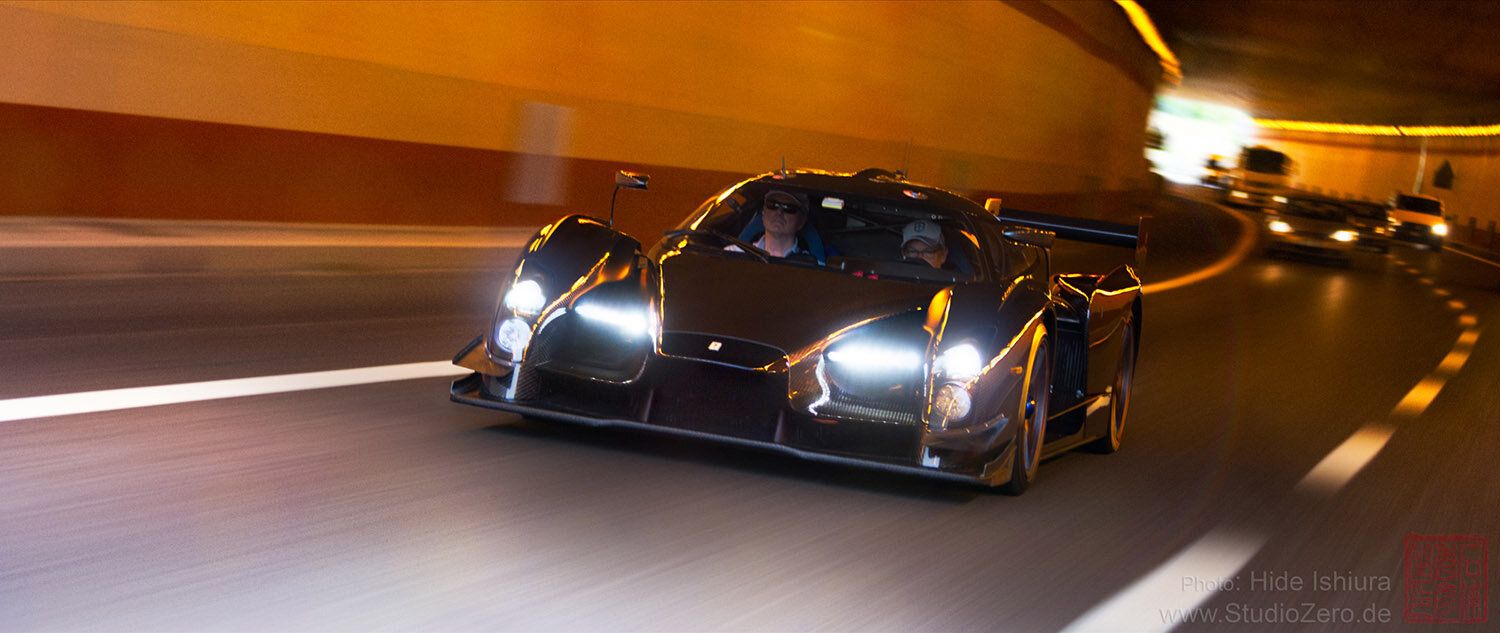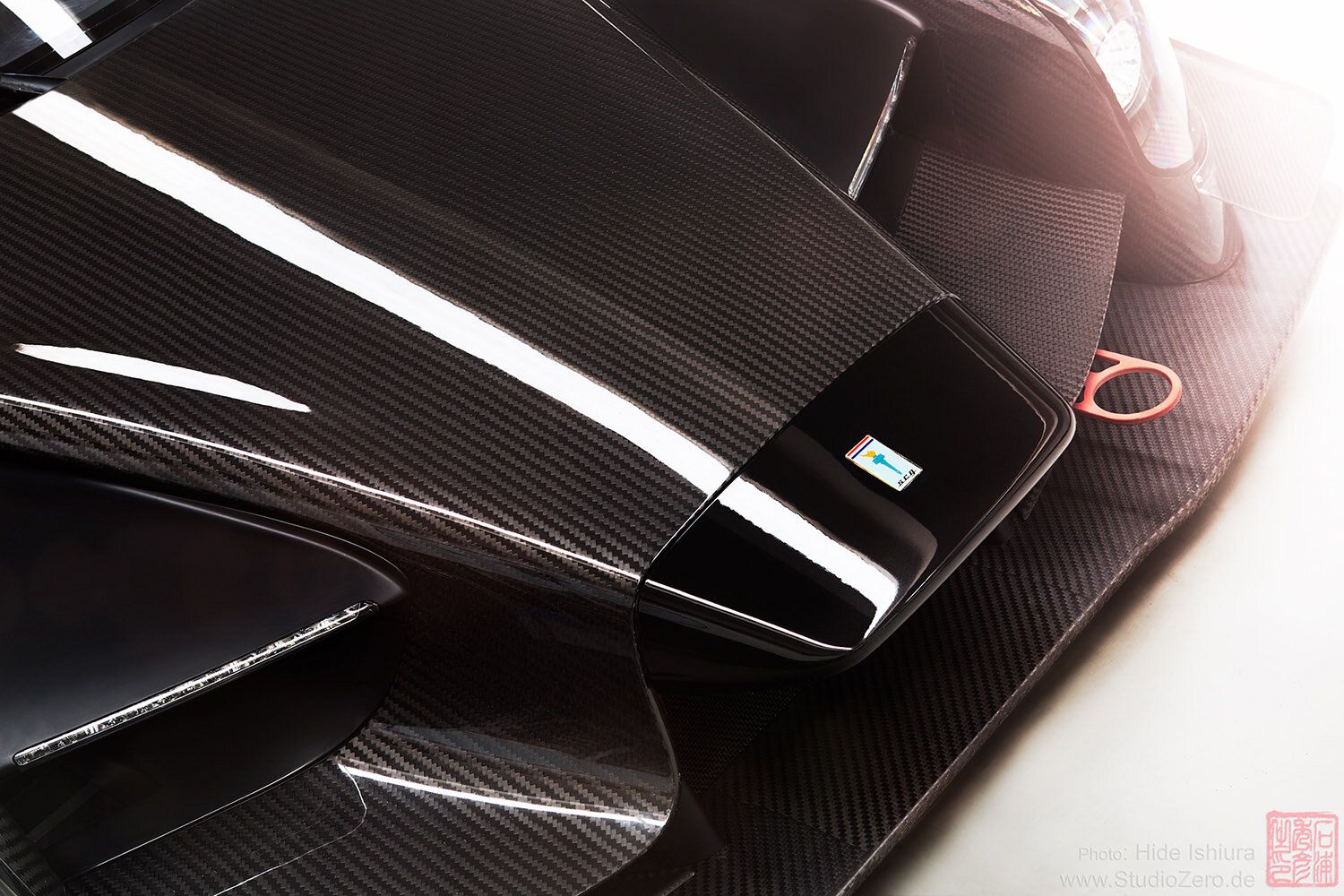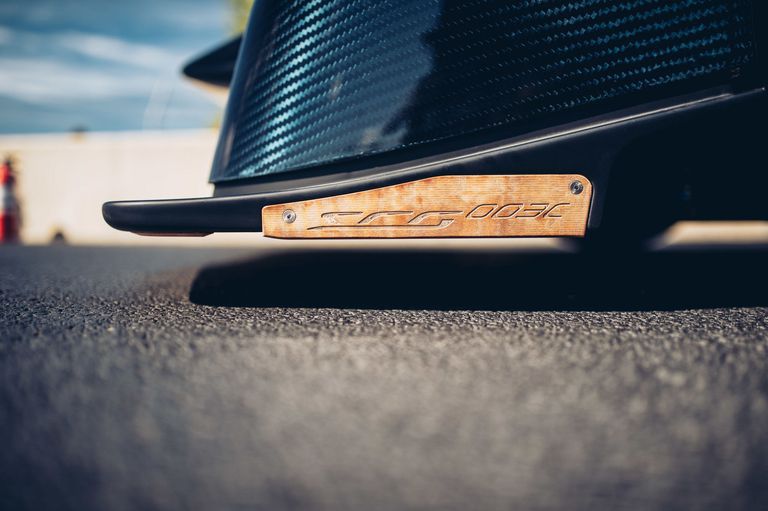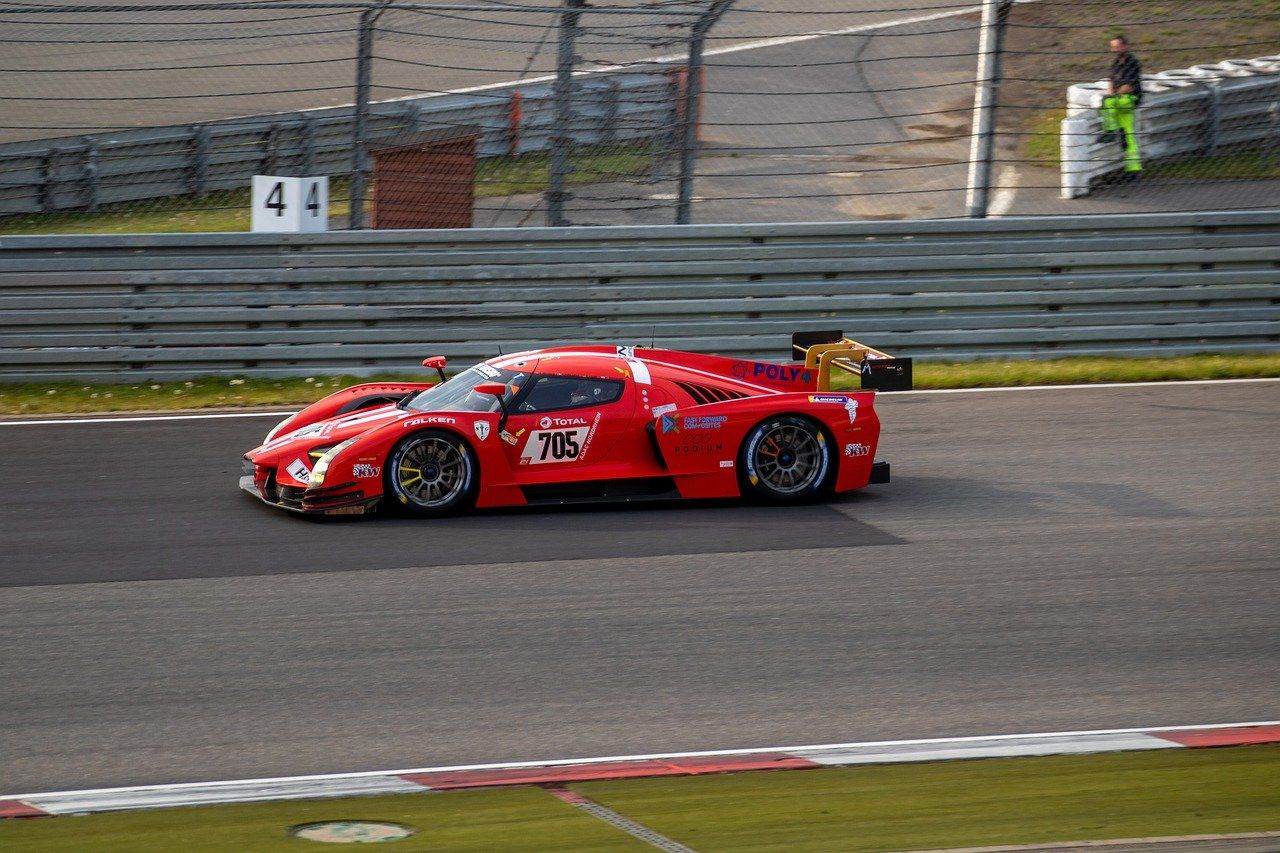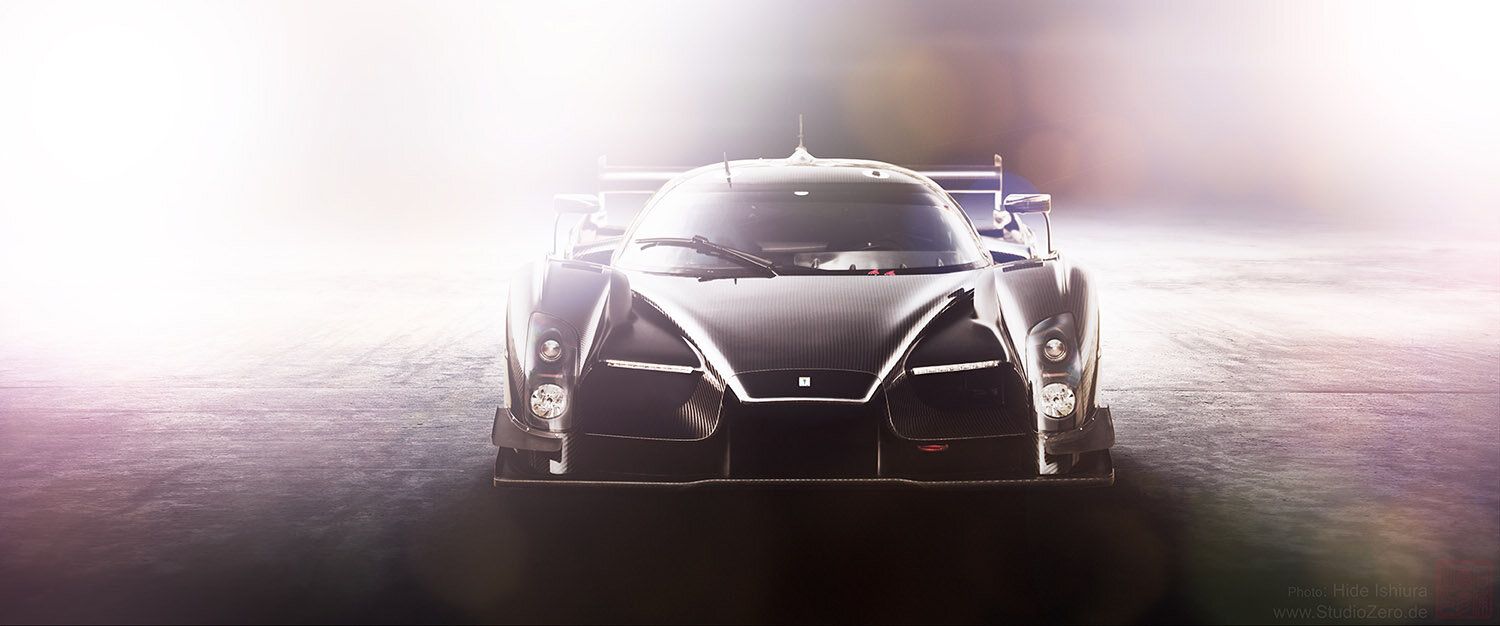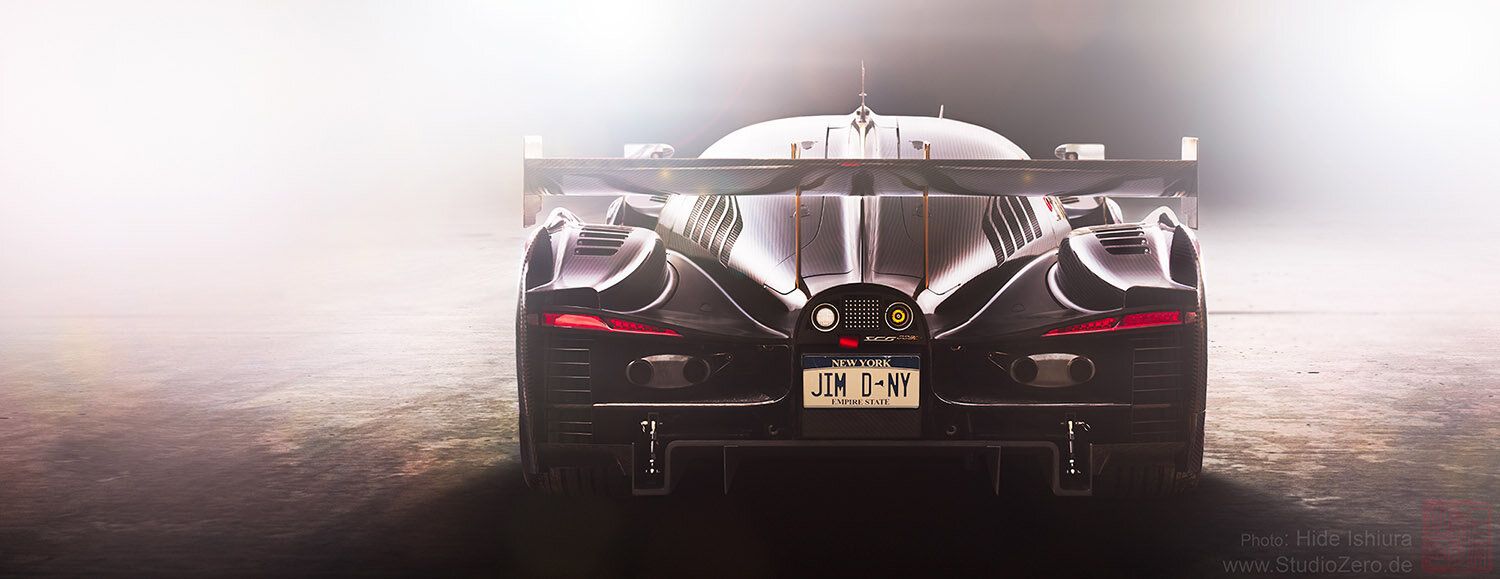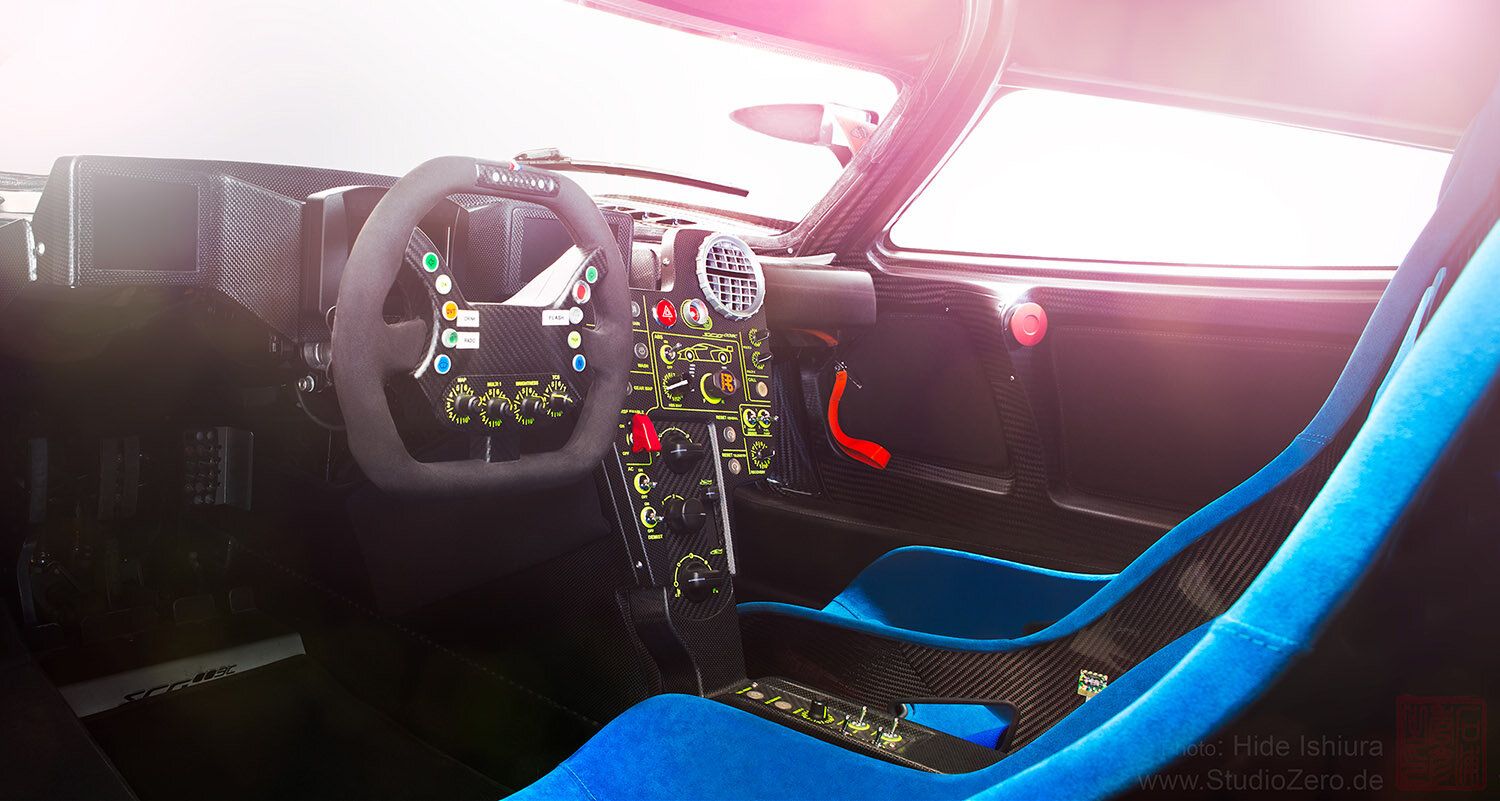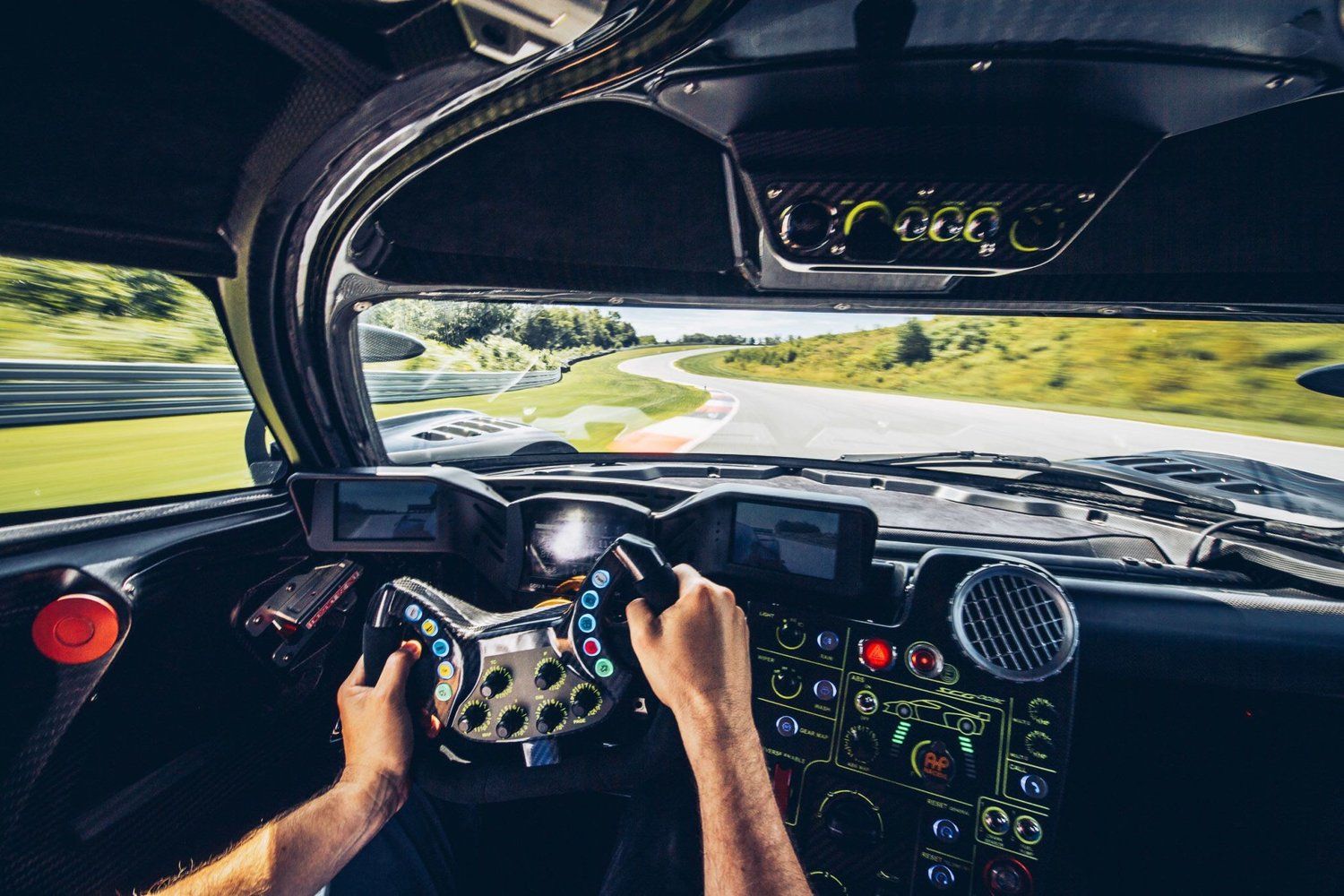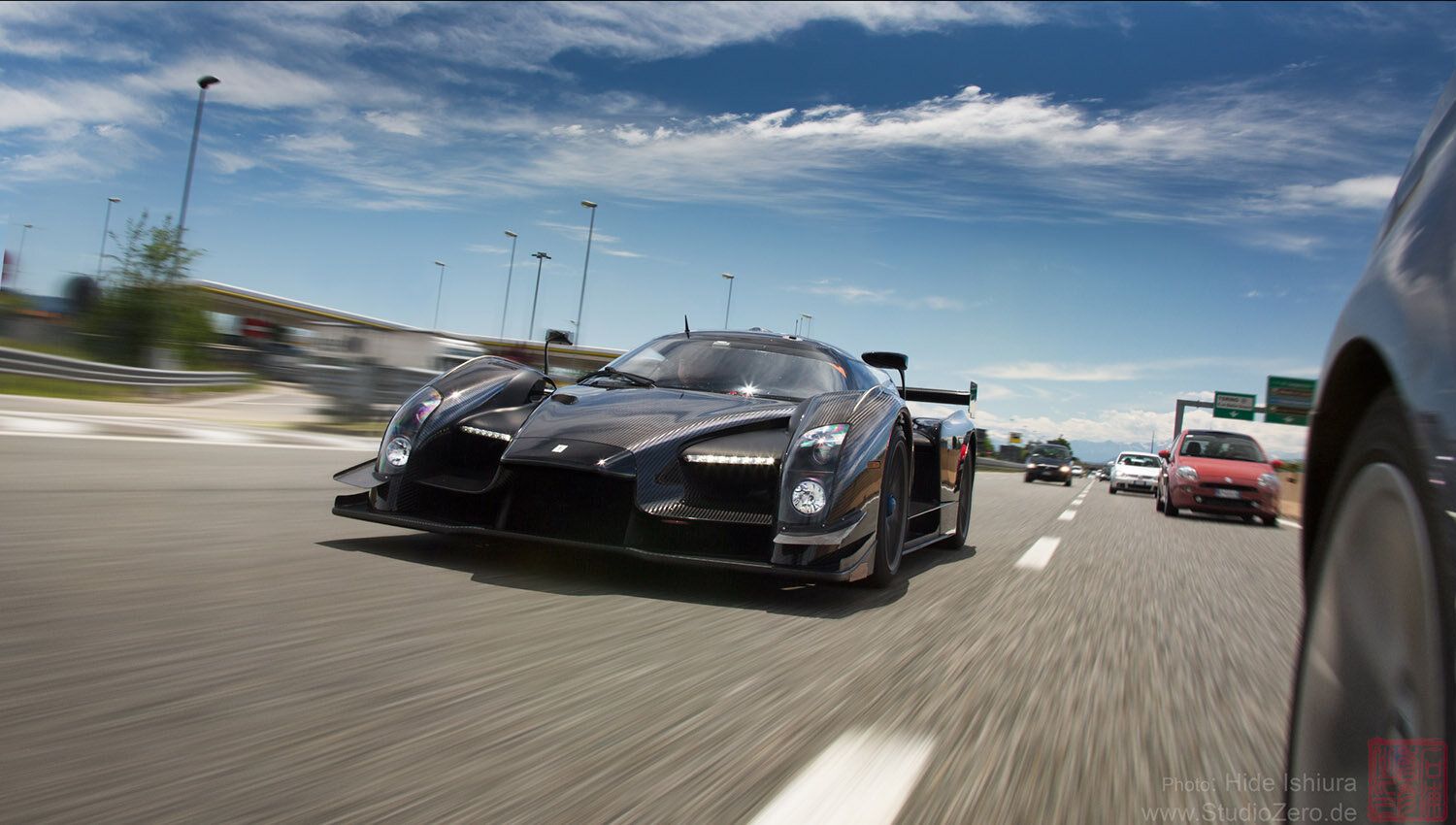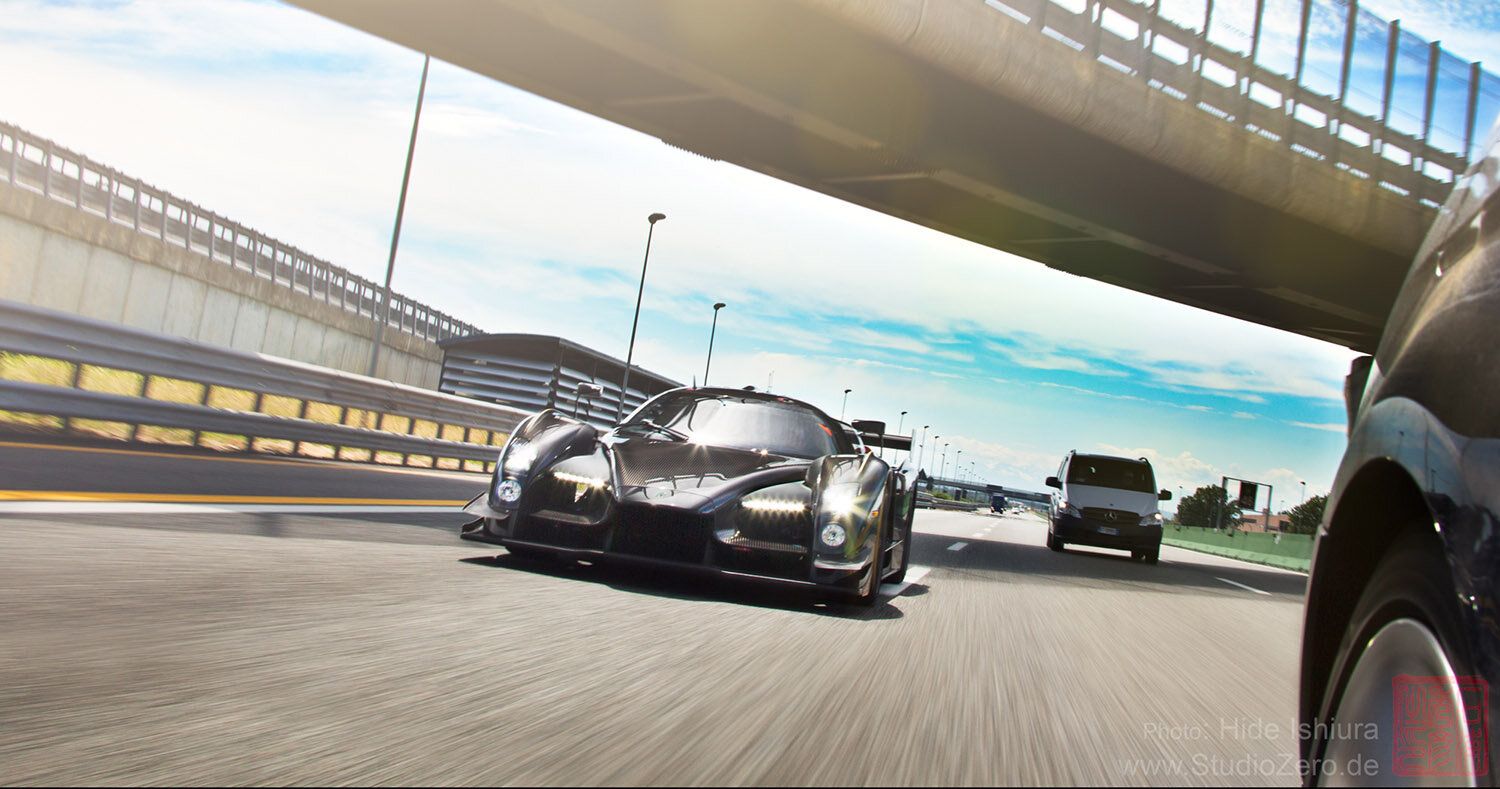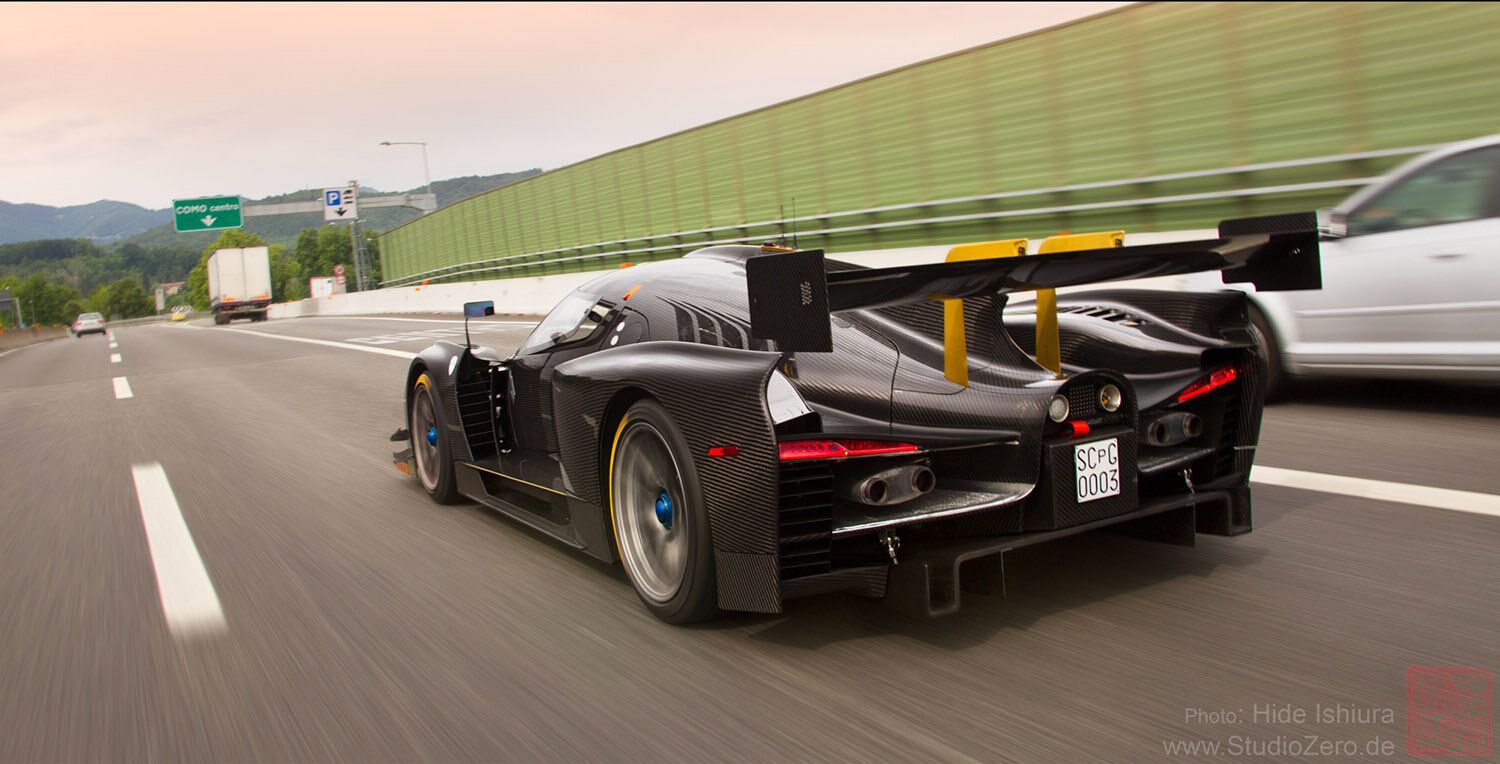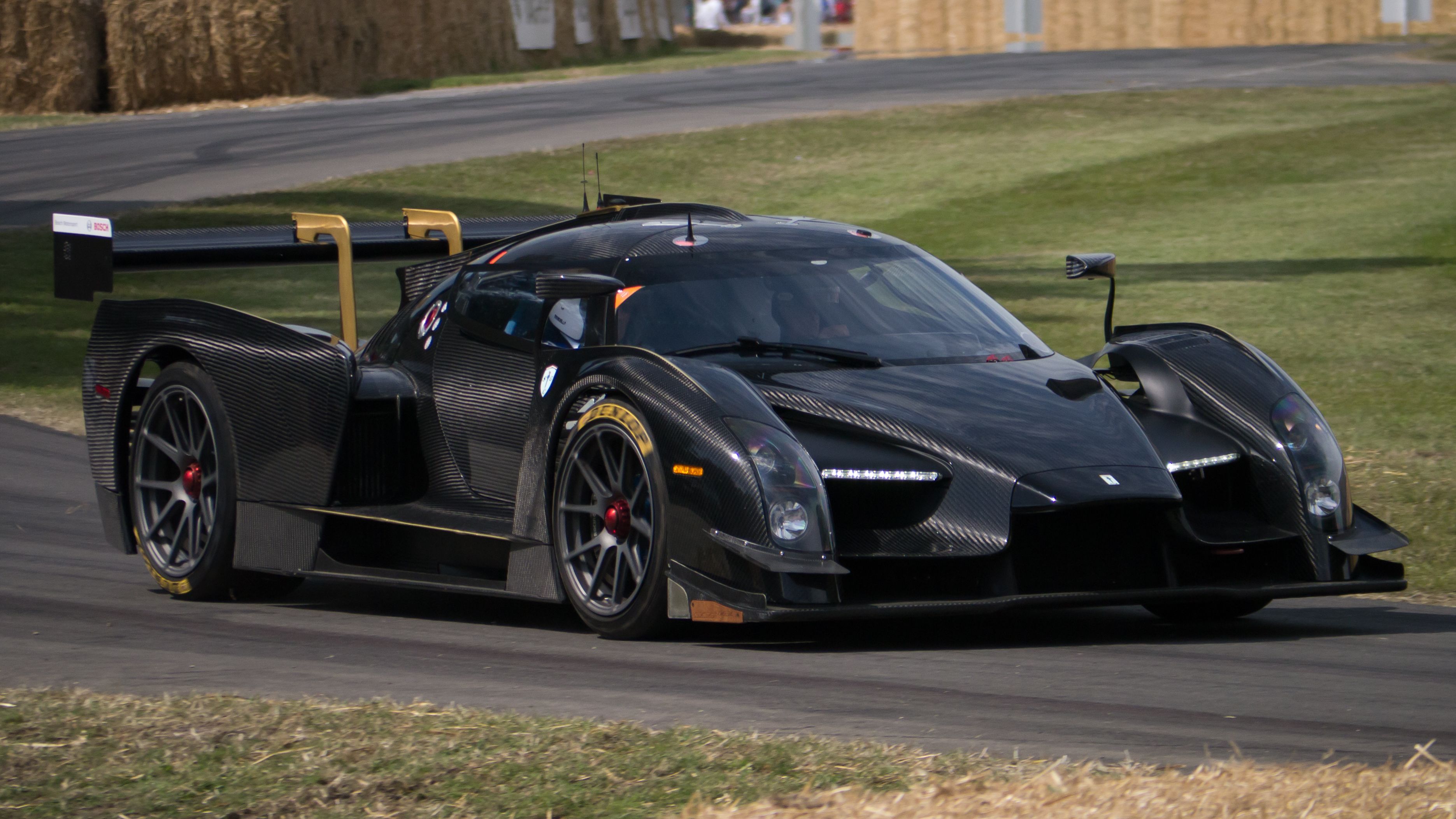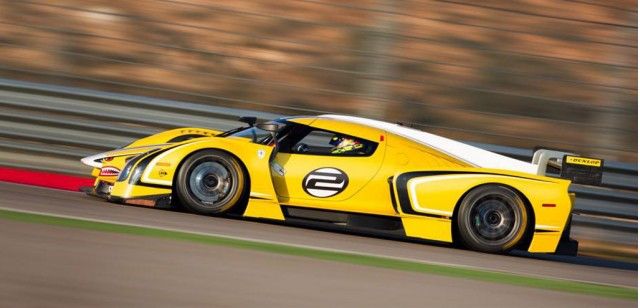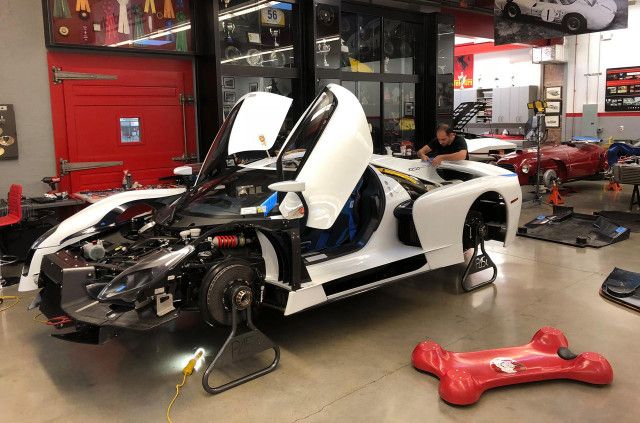Scuderia Cameron Glickenhaus’ SCG003S isn’t a standard road car. It isn’t a standard performance car. It isn’t even a standard track-day car. No, the SCG003S is its own standard. This sports car from a tiny New York firm is produced in the single digits per year, and yet it’s broken international records and won praise from the biggest names in the industry.
It’s got all the crazy, dubious performance figures that hypercar manufacturers always provide, except it’s actually been tested, and it performs. SCG might be a small, boutique company, but they’ve accounted for every detail and built a finished package to compete with the big players in the performance car world.
10/10 SCG Says It Can Go Faster Than 230 Mph
The company says the car will power to north of 230 mph. A 4.4-liter twin-turbo BMW V8 sends 700 horsepower to the rear wheels via a 7-speed dual-clutch automatic transmission. That number has never been tested, although it will definitely beat 217 mph.
What has been proven is a 0-60 of 2.9 seconds, which is incredibly fast. Indeed, that’s faster than a Ferrari 458 Italia or a Ford GT.
9/10 The Car Generates 85% Of Its Weight In Downforce
It’s not like it’s a particularly heavy vehicle, tipping the scales at 2600lbs despite racing-inspired lightening measures. Indeed, a dual-clutch transmission was rejected for being too heavy. But that means it can produce 2200lbs of downforce to stick it to the road.
And that 2200lbs of downforce allows it to corner hard, and that’s coupled with 2G of purely mechanical grip to the tires, according to Road & Track. That makes it very fast around any corner.
8/10 It’s Faster Around The Nürburgring Than The 911 GT2 RS
Okay, a caveat here, that’s a GT3 version of the car, which takes out some road-car amenities and tunes the car for the track. But with this car, there are not many changes to be made. And indeed, a selling point of the car is that unnecessary equipment can easily be stripped out on track days.
Still, Road & Track described the car as “a race car with road tires,” and even in purely road-legal trim, the car is highly capable around a race track, just as capable as the GT3 that drove the Nürburgring in 6:33.
7/10 Its Designer Worked At Pininfarina
Talking to Road & Track, Jim Glickenhaus said of his car, “I think it looks like a shark.” Beauty was never on the agenda for this function-over-form hypercar. However, it was designed by former Pininfarina designer Paolo Gerella.
Ultimately, though, Glickenhaus said “you go… to Pagani for works of art. You come to us for race cars you can drive on the road.”
6/10 The Interior Is Designed To Be Livable
Inside, the SCG003S keeps the race car feel going. It features a racing-derived yoke steering wheel facing screens to feed necessary information to the driver. Besides that and some racing bucket seats, there’s not much else.
Also, unsurprisingly, the interior is small and cramped. However, it was designed to be a nice place to spend time, with wraparound windows bringing in plenty of light and comfortable seats for long periods on the racetrack.
5/10 It Doesn’t Need To Meet Crash-Test Standards
The NHTSA classified the company as an ‘ultra low volume manufacturer,’ allowing the company to produce up to several hundred cars a year, without having to comply with federal regulations.
However, the car does need to comply with all state standards, which include specific emission and safety requirements not at the federal level.
4/10 It Starts At Over $2 Million
All this performance can’t come cheap. Each car is specially built in a dedicated, small facility, keeping costs high. Indeed, Top Gear reports that the car starts at $2 million.
And, if you pay another $115,000, the body of the car can be entirely carbon fiber. Sure, that’s about a nice new 911 Carrera S in itself, but it’s chump change compared to the rest of the car. And at that price point, why not?
3/10 There’s An Even More Hardcore Version
The ‘S’ in the SCG003S stands for ‘stradale,’ meaning that’s just the street version. The company also offers the CS, or ‘competition stradale,’ that turns up the volume. This car features the same 700-horsepower V8 but takes off 100 pounds of weight and adds 300 lbs of aerodynamic downforce.
Also, available just for the track, is the SCG003C. This car is actually the heaviest of the variants, weighing in at 2976 pounds per FIA regulations. Also limited by FIA regulations is the engine, in this case a 3.5-liter turbocharged Honda V6 that produces 500 horsepower. However, that means the car meets FIA standards if you want to race it.
2/10 SCG Will Provide Support At Any Race You Run
And SCG will support that race effort. If you enter the car at any race worldwide, the company will send a team out for support. Customers have taken advantage of that, and SCG cars have raced at the 24 Hours of the Nürburgring and VLN Nürburgring races, among other major racing events.
Plus, the Glickenhaus race team, which has itself run at Le Mans, has fielded some cars as a factory effort, just to prove that racing is in the company’s veins as well.
1/10 The Company Can Only Build A Dozen Cars A Year
A ‘low volume manufacturer’ can only produce a maximum of 325 cars per year to maintain its status. That’s not a problem for SCG, though, since it only has the ability to produce a handful of cars per year.
In 2018, its first year of production, the company only expected to produce four to six cars, upping that to a potential ten cars the next year. Indeed, Jim Glickenhaus told Top Gear that he’s sold out his production capability.
